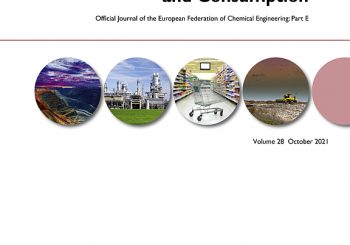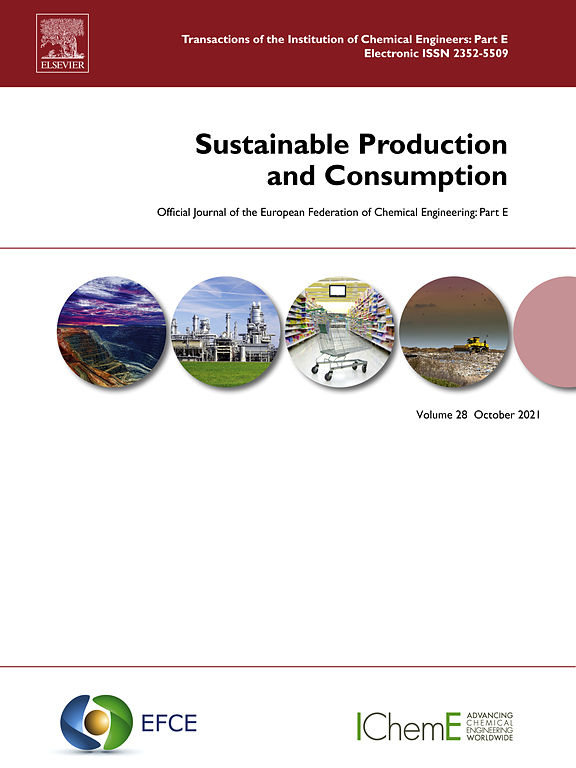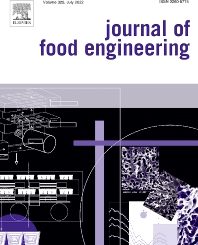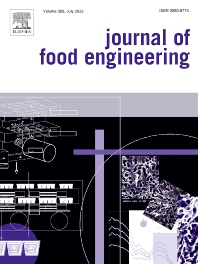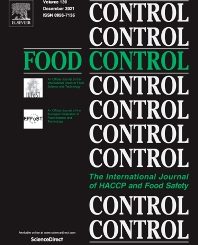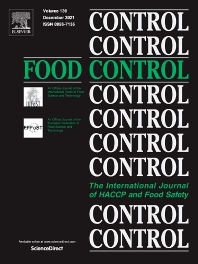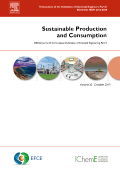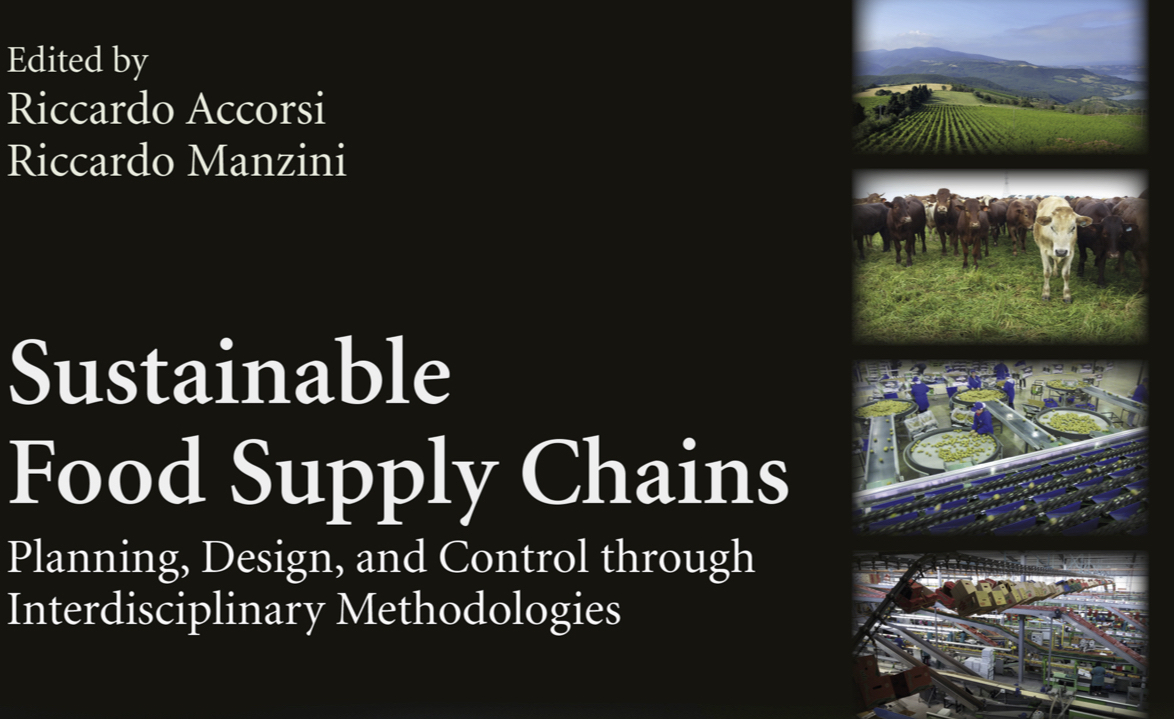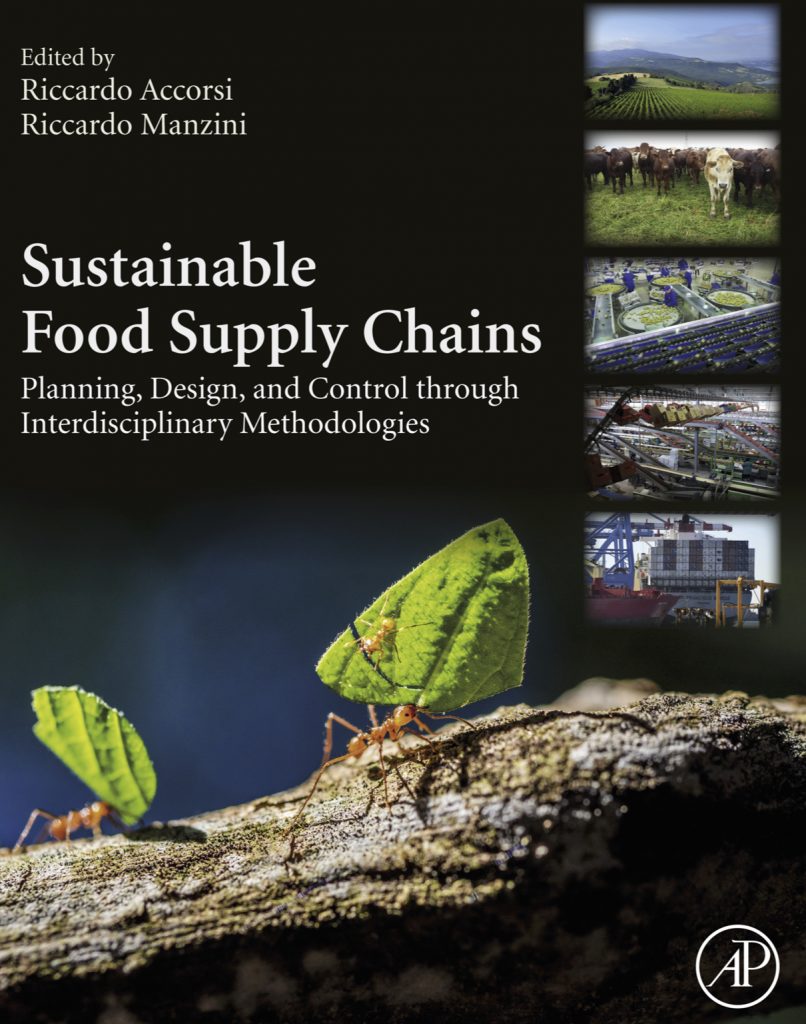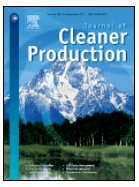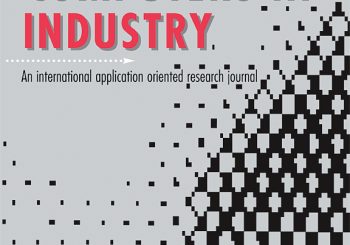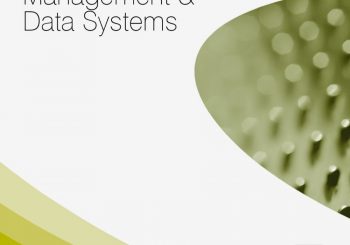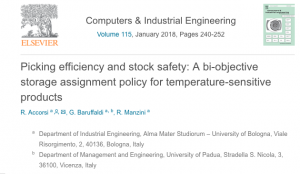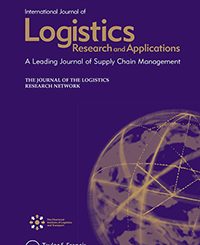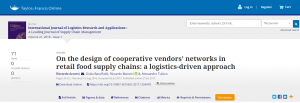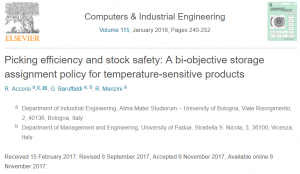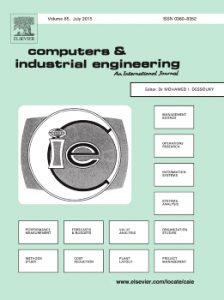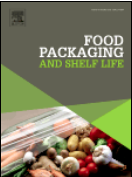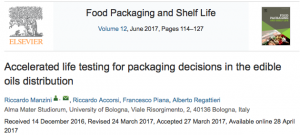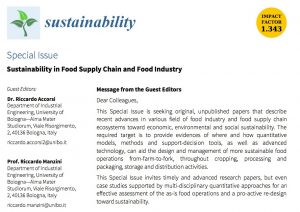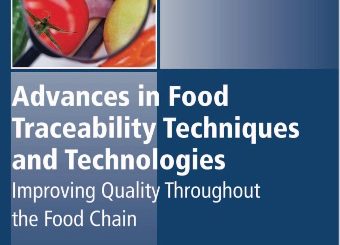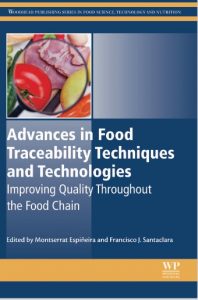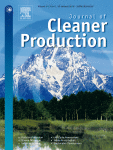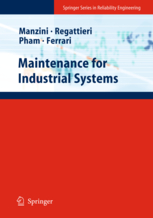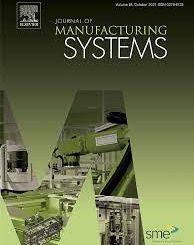
A support-design framework for Cooperative Robots systems in labor-intensive manufacturing processes, 2021
Elsevier int.Journal, website
Authors: Michele Ronzoni (a), Riccardo Accorsi (a) (c) , Lucia Botti (b), Riccardo Manzini (a)
(a) Department of Industrial Engineering, Alma Mater Studiorum, University of Bologna, Italy
(b) Interdepartmental Research Center on Security and Safety (CRIS), University of Modena and Reggio Emilia, Italy
(c) Interdepartmental Center of Advanced Mechanics and Materials, University of Bologna, Italy
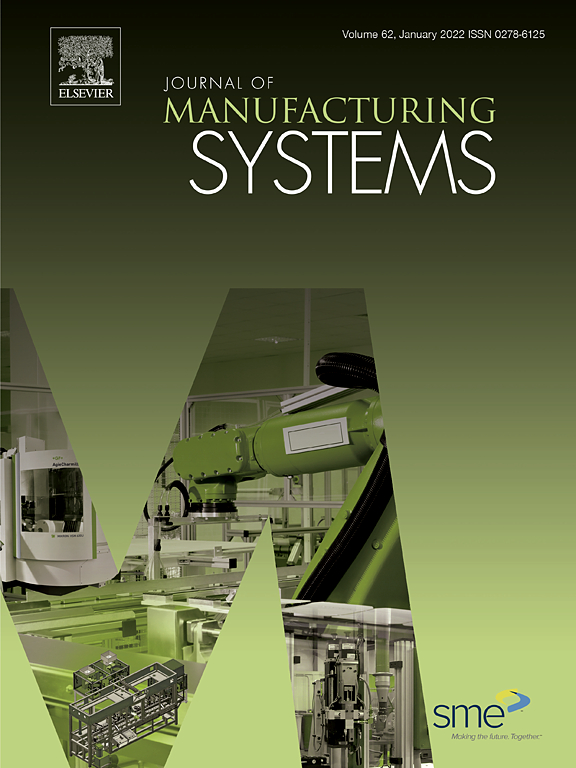
Abstract
Manufacturing processes and industrial systems gradually change their traditional layouts and configurations, preparing to introduce novel integrated human-robot technologies as collaborative robots and exoskeletons. Whether mass customization of lot size and the production mix discourages the adoption of capital-intensive automation, collaborative robots become affordable and effective and a hotspot of the debate on manufacturing systems. This paper provides a novel support-design framework for the cooperative robot system in labor-intensive manufacturing processes to aid layout and task scheduling design. Through an iterative closed- loop methodology, this framework explores the impact of a cooperative robot in a labour-intensive manufacturing system like the production facility of a food service company. The framework leads the designer through the re-layout of the end-of-line, the economic and technical feasibility analyses, using simu- lation to estimate payback and ergonomics benefits for workers. Within the proposed layout, we state that adopting a cooperative cobot for the end-of-line is affordable and ergonomically convenient without representing a safety threat for workers. The testbed confirms the framework as an enabling tool for human-robot technologies integration in current manufacturing systems under budget and workers-driven constraints.
